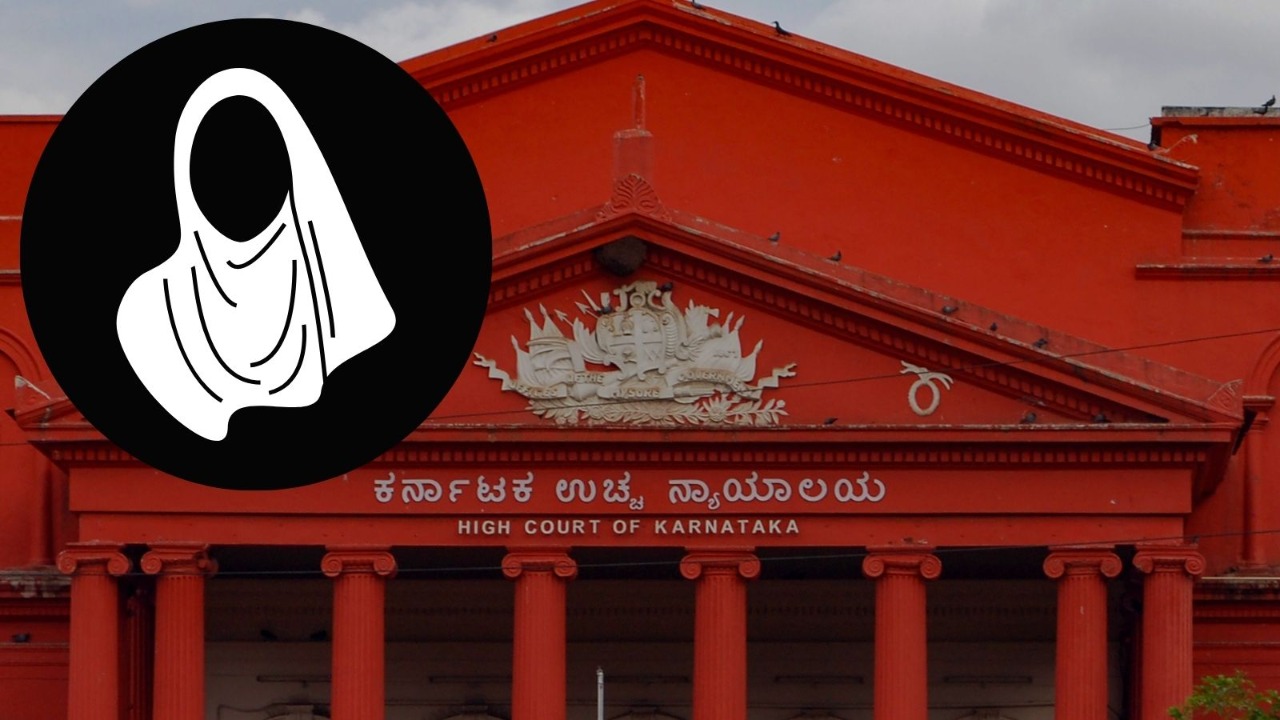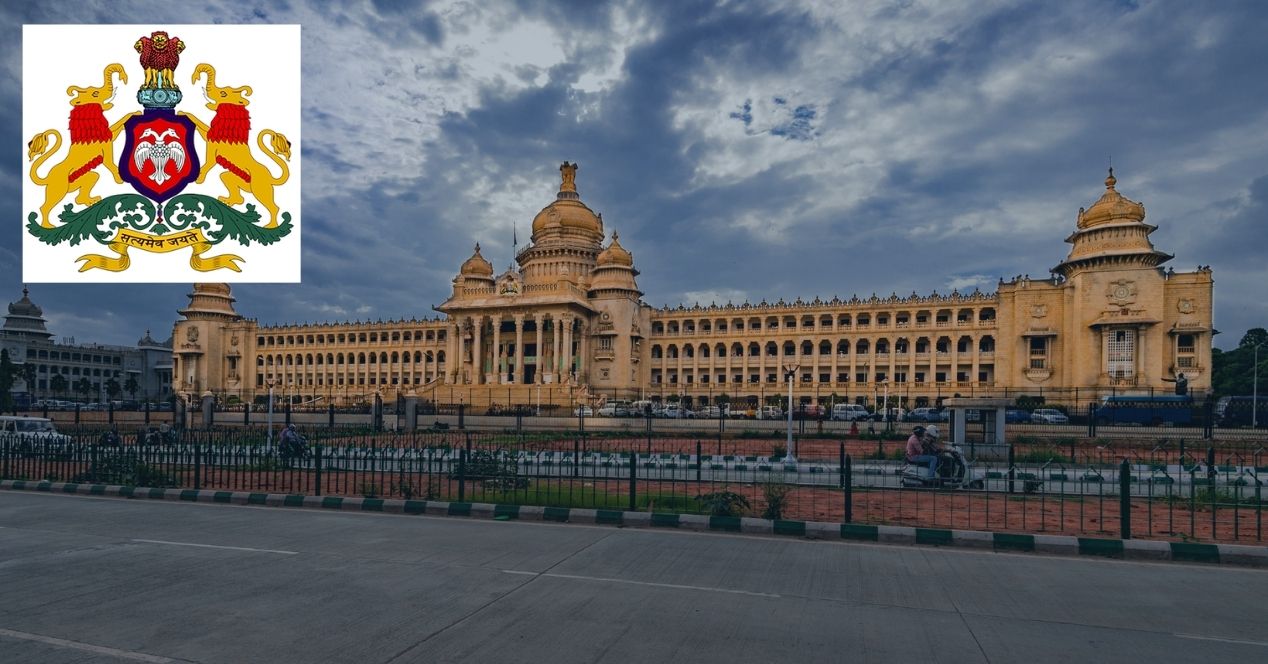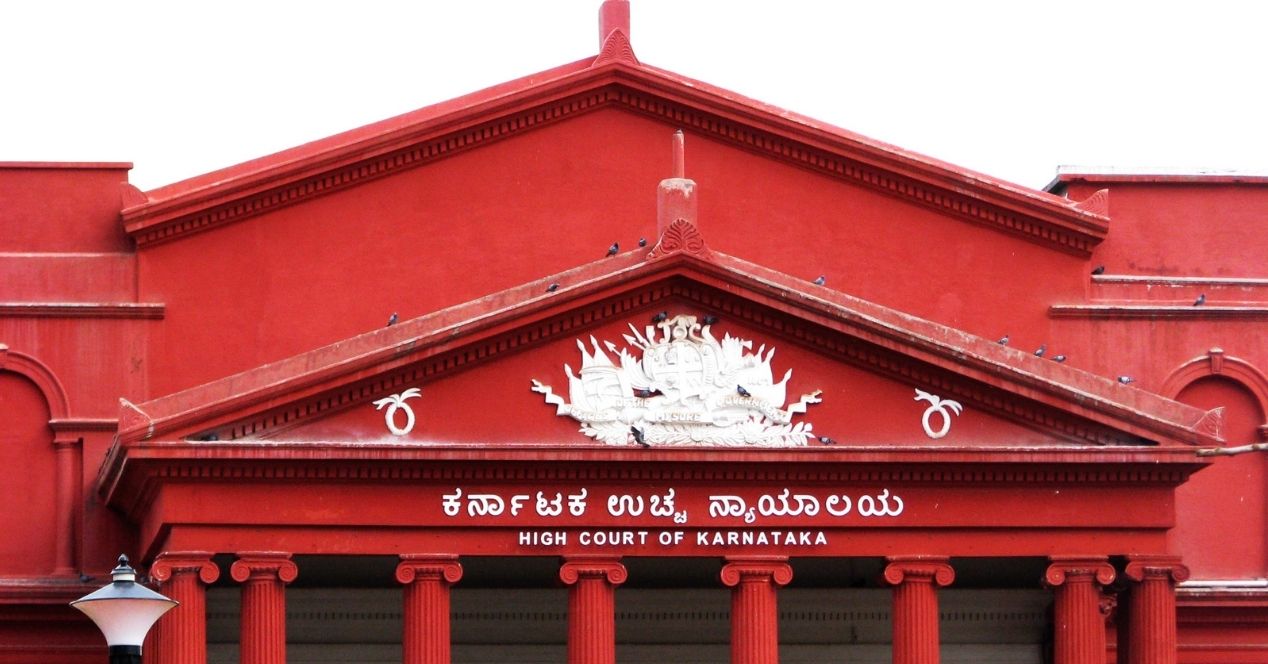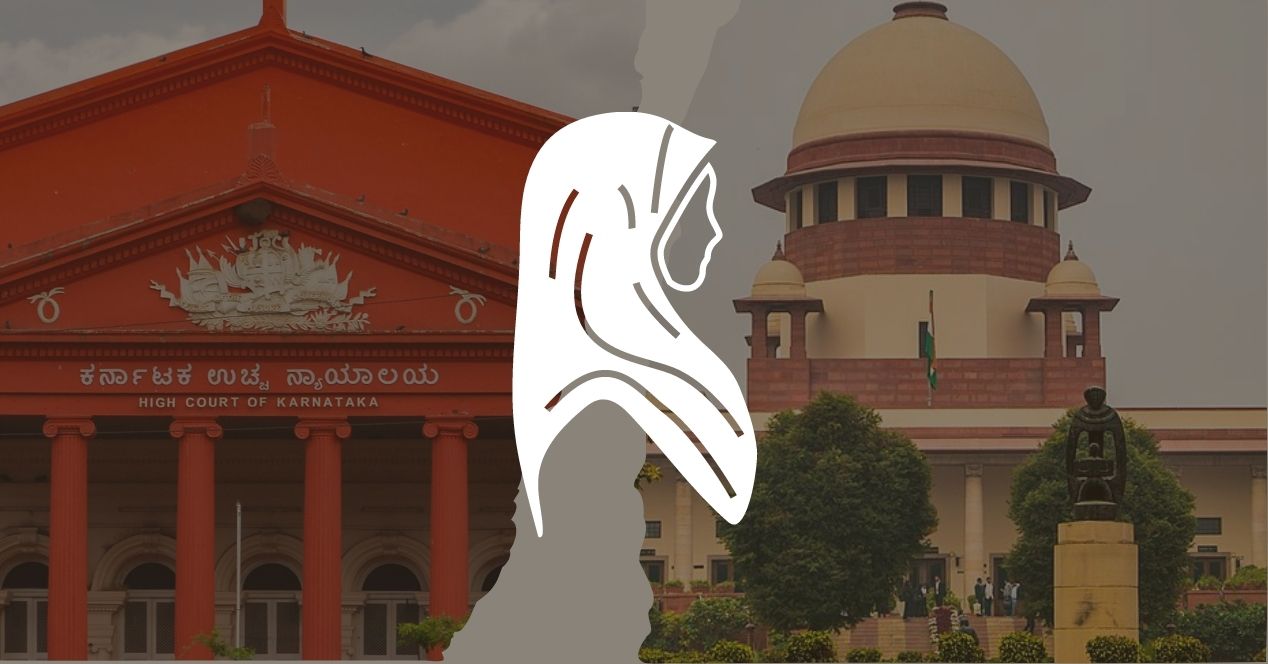Analysis
The Texts That Made The Hijab Judgment
How has the Court used key texts to understand what the hijab means for Indian Muslim women and Islam?
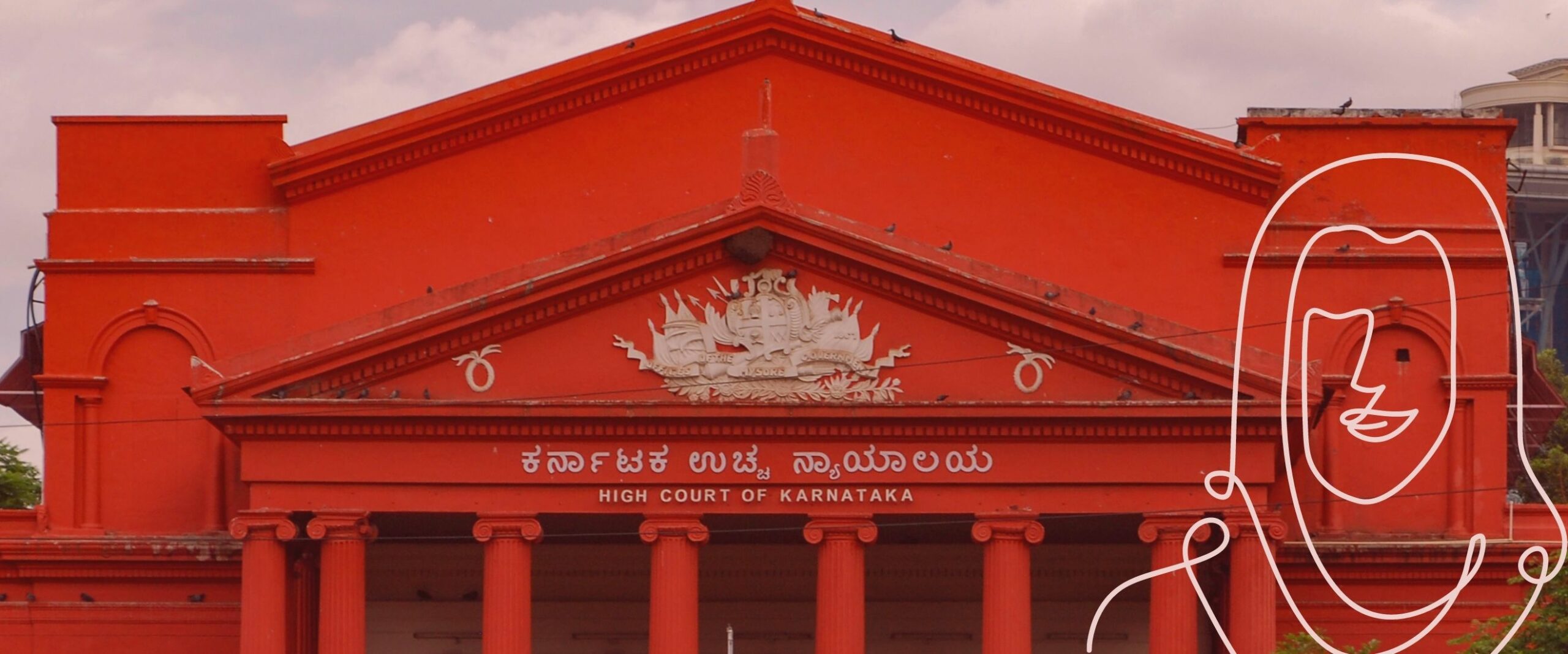
What is particularly interesting about the recently passed Karnataka High Court Judgment on the hijab are its academic and literary references.
Across its 129 pages, the Court juxtaposes contemporary student work, 19th century European thinkers, and the writings of Dr. B.R. Ambedkar, amongst many other sources, to justify the banning of the hijab in State educational institutions. Over 90 pages are purely dedicated to detailing the origins, etymology, and function of the hijab. While the Court refers to twenty academic texts in its decision, the Judgment does not cite any scholarship by Muslim women.
The crucial question that the challenge to the hijab ban hinges on is whether wearing the hijab is an Essential Religious Practice under Islam. Essential Religious Practices are protected from State intervention under Article 25 of the Constitution of India, 1950, subject to certain restrictions.
How has the Court used these texts to understand what the hijab means for Indian Muslim women and Islam?
The Hijab as a Socio-Cultural Practice
To inaugurate the debate on the historical origins of the hijab, the Judgment begins with an immediate segue into Sara Slininger’s research on the topic. Slininger’s paper is peppered with illustrations of the different types of headscarves worn by Muslim women, and engages with why and how these headscarves are used in different cultures. Strikingly, Slininger appeared to be a student at the time, with her research published in a journal exclusively for student papers.
The Court relies solely on this paper in its introductory section, referring to it not just once, but twice. It notes that regional variations in how the headscarf is worn indicate its status as a socio-cultural, rather than religious practice.
This is the notion that the Karnataka High Court finally held: that wearing the hijab is a socio-cultural practice. As it is not a religious practice, wearing the hijab does not merit constitutional protection.
The Hijab as an Aspect of the Islamic Faith
Alongside a few other scholars, the Court’s analysis of whether wearing the headscarf is a fundamental aspect of Islam is scaffolded at every step by Abdullah Yusuf Ali’s 1937 popular translation of the Quran. Yusuf Ali (1872-1953) was a highly regarded lawyer and Islamic scholar, whose translation remains one of the most read in the world.
The Karnataka High Court regards the Supreme Court’s reliance on Yusuf Ali’s translation in Shayara Bano, or the Triple Talaq case, as indicative of it being ‘authoritative’. The Judgment even remarked that a Kerala High Court decision recognizing the hijab as an Essential Religious Practice stood on shaky ground as it failed to rely on the text.
The Court uses Yusuf Ali’s translation of the suras (or verses of the Quran) to emphasise that the hijab was a means for women to gain access to public spaces—it was not prescribed by Islam itself.
The Court draws attention to a footnote used in Yusuf Ali’s text, which states that to determine if the headscarf must be worn, one must ask if the conditions prevalent during the writing of the Quran in Saudi Arabia continue to remain in force. The Court uses this footnote as evidence that the hijab is inextricably linked with socio-cultural practices.
“Alas! We must ask ourselves the question: ‘Are these conditions present among us today?”
Footnote 3768 to verse 60 of the Quran
Quoting the suras, the Court stresses that the hijab serves a ‘laudable’ purpose of preserving the modesty of Muslim women. While the hijab facilitates entry to public spaces, it is not a fundamental element of Islam.
The Hijab as a Means of Oppression
B.R. Ambedkar’s infamous Pakistan or the Partition of India (1945) makes an appearance in the Judgment. Tacked discreetly to a perfunctory discussion of international conventions on women’s rights, the extract draws a link between the veil and the oppression of Muslim women.
Commenting on this extract, the Court says that Ambedkar’s ideas remain true to this day, and that the insistence on wearing the hijab, purdah or veil may hinder the progress of women. The dress code issued by the government college in Udupi, on the other hand, points in the ‘direction of emancipation’. Almost preempting further probing into its analysis, the Court promptly concludes this discussion by insisting that the bar on the hijab does not ‘rob women of their autonomy’.
Ambedkar’s text appears to be the only source the Court relies on to engage with the question of whether the hijab is a symbol of oppression.
At certain points, the diverse texts the Court has relied on stand in apparent contradiction with the final Judgment. While pointing to the socio-cultural salience of the hijab, Slininger emphasises that Muslim women suffer from intersectional discrimination. In the conclusion of her article, she states:
“These women are not asking to be freed from the headscarves, they are asking to be freed from the stereotypes placed on them because of the religion they follow.”
How does the Court reconcile Slininger’s paper arguing against the appearance-based discrimination of Muslim women, with Ambedkar’s account of the headscarf as a form of oppression? Uneasily juggling diverse sources, the Judgment points to no easy resolution between choice, religious freedom, and faith.

